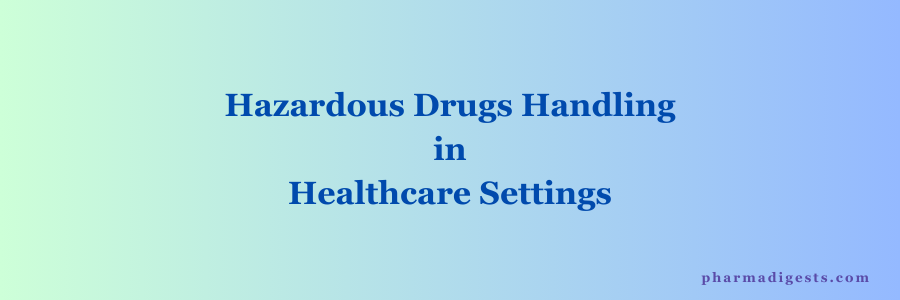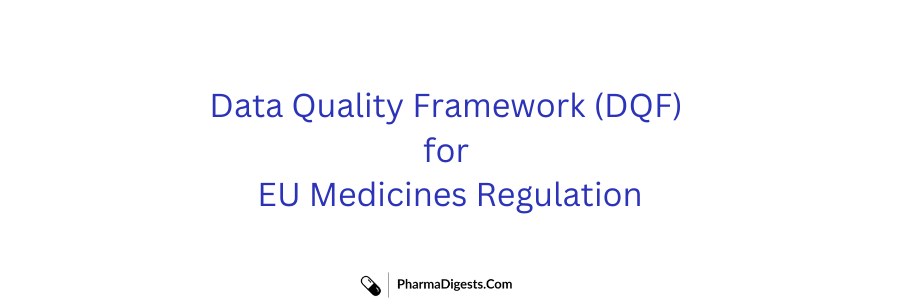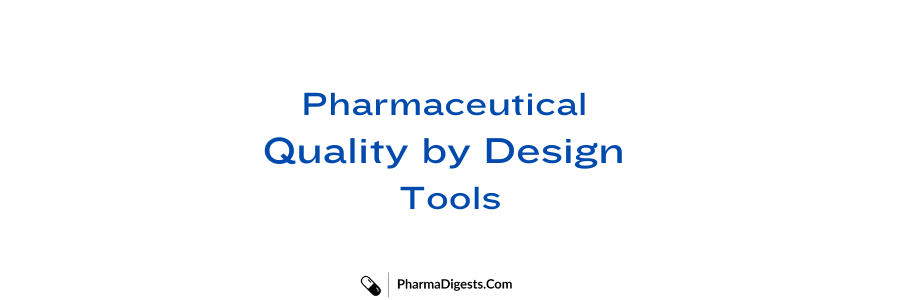Pharma Digest

Basics of Line Clearance in Pharmaceutical Industry
Line clearance is an essential process in the pharmaceutical industry to ensure the safety and quality of products being manufactured. It involves a thorough inspection and verification of equipment, facilities, and materials before starting a new batch production or after completing a batch. The 3 C’s of line clearance, which ... Read More

Hazardous Drugs Handling in Healthcare Settings
USP General Chapter- 800 provides standards for safe handling of hazardous drugs to minimize the risk of exposure to healthcare personnel, patients and the environment. The National Institute for Occupational Safety and Health (NIOSH) considers a drug to be hazardous if it exhibits one or more of the following characteristics ... Read More

Supply Chain Security Risks in Pharmaceutical Industry
Supply chain security refers to the protection of a company’s supply chain from various risks and threats that could disrupt or compromise the flow of goods, information, and services within the supply chain network. Supply Chain Security Includes Physical Security: This involves safeguarding physical assets, such as warehouses, transportation vehicles, and ... Read More

Qualification of HPLC | A Complete Guide
The HPLC qualification process consists of four parts: Design Qualification (DQ) Design qualification (DQ) describes the user requirements and defines the functional and operational specifications of the instrument. It should ensure that instruments to be purchased have the necessary functions and performance that will enable them be suitable for the ... Read More

Statistics in Pharmaceutical Manufacturing and Quality
A common question in the pharmaceutical industry is, what is the role of the statistician in pharmaceutical manufacturing and quality. Here I am giving a few ideas and will discuss them all in more detail later step by step: 1. Statistical Sampling Plans Tool: Acceptance Sampling Plans (e.g., ANSI/ASQ Z1.4, ... Read More

Coloring Agents in Pharmaceutical Industry
Coloring agents are used mainly to impart an elegant appearance, identification and protection to: Color Index Number (C.I. No.) is the identifier number of color “dye” or “lake”. Example Dyes vs Lakes Regulations 3 main sources to set specification of dyes Common Tests of Dyes Common Tests of Lakes Same ... Read More

Design of Experiments (DOE) in Drug Formulation Development
In pharmaceutical industry, the Design of Experiments (DOE) stands as a pivotal tool, systematically guiding the exploration and optimization of critical processes. By efficiently analyzing multiple factors and their interactions, DOE empowers the industry to enhance product quality, ensure consistency, and meet stringent regulatory requirements. Its strategic application contributes to ... Read More

Data Quality Framework (DQF) for EU Medicines Regulation
Data Quality (DQ) In general terms, quality is defined as an attribute of a product or service that defines the degree to which it meets customer and other stakeholder needs within statutory and regulatory requirements or its fitness for intended use. Where Data quality is defined as: “fitness for purpose ... Read More

Difference Between Batch Record and Master Batch Record
To ensure quality and safety in pharmaceutical production, Good Manufacturing Practices (GMP) require detailed documentation of production processes. What is a master batch record? A master batch record (MBR), also known as a master production record (MPR) is a document that contains the approved ingredients, formulation, and instructions guiding the ... Read More

Pharmaceutical Quality by Design Tools
Prior Knowledge Knowledge may be defined as a familiarity with someone or something, which can include information, facts, descriptions, and/or skills acquired through experience or education. The word “prior” in the term “prior knowledge” not only means “previous,” but also associates with ownership and confidentiality, not available to the public. ... Read More

Phases of a Technology Transfer Project in Pharmaceutical Industry
The technology transfer project plan can be divided into four different phases. These include: Phase I: Project initiation During the initiation phase of the project, a unit normally identifies the need for the technology transfer. This may be due to a lack of capacity, a transfer from development to commercial ... Read More
